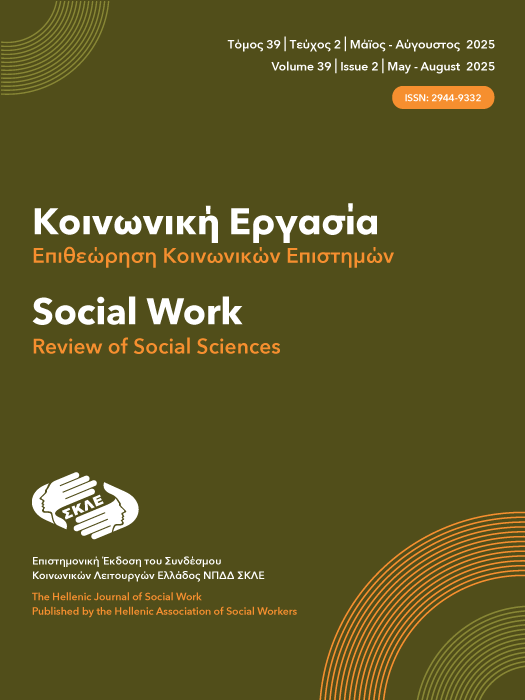Εκπαίδευση και ευδόκιμη γήρανση: Μια συστηματική ανασκόπηση και μετά-ανάλυση μελετών κοόρτης

Περίληψη
Η ευδόκιμη γήρανση περιλαμβάνει ποικίλες διαστάσεις, όπως η σωματική, γνωστική, ψυχική και κοινωνική ευεξία ατόμων μεγαλύτερης ηλικίας. Τα τελευταία χρόνια, παρατηρείται αυξανόμενο ενδιαφέρον για τη διερεύνηση του τρόπου με τον οποίο διάφοροι παράγοντες επηρεάζουν την ευδόκιμη γήρανση. Η παρούσα μελέτη είχε ως στόχο να εξετάσει την επίδραση του μορφωτικού επιπέδου στην ευδόκιμη γήρανση ενηλίκων ηλικίας 65 ετών και άνω, μέσω συστηματικής ανασκόπησης και μετα-ανάλυσης μελετών κοόρτης. Οι ηλεκτρονικές βάσεις δεδομένων PubMed, Scopus, ERIC και PsycINFO ερευνήθηκαν σύμφωνα με τις κατευθυντήριες γραμμές PRISMA. Επιπλέον, εξετάστηκαν οι βιβλιογραφικές αναφορές σχετικών συστηματικών ανασκοπήσεων, μετα-αναλύσεων και των επιλεγμένων μελετών. Η ποιότητα των μελετών αξιολογήθηκε με τη χρήση της Κλίμακας Newcastle-Ottawa (NOS). Οι συνολικές εκτιμήσεις υπολογίστηκαν με μοντέλα τυχαίων επιδράσεων (random-effects) χρησιμοποιώντας τη μέθοδο REML στο R (έκδοση 4.4.0). Συνολικά, 28 μελέτες πληρούσαν τα κριτήρια ένταξης και συμπεριλήφθηκαν στην ανασκόπηση και τη μετα-ανάλυση. Η στατιστική ανάλυση έδειξε ότι η ανώτερη δευτεροβάθμια εκπαίδευση (OR = 1.17, 95% CI = 1.09–1.26), η τριτοβάθμια εκπαίδευση (OR = 1.27, 95% CI = 1.03–1.56), καθώς και ανώτερα ή διαφοροποιημένα μορφωτικά επίπεδα (π.χ. έτη εκπαίδευσης) (OR = 1.11, 95% CI = 1.05–1.18) σχετίζονται σημαντικά με την ευδόκιμη γήρανση. Σύμφωνα με τα διαθέσιμα δεδομένα, τα υψηλότερα επίπεδα εκπαίδευσης συνδέονται σημαντικά με αυξημένες πιθανότητες ευδόκιμης γήρανσης στην τρίτη ηλικία
Λεπτομέρειες άρθρου
- Πώς να δημιουργήσετε Αναφορές
-
Τσιλώνη Ε., Δραγκιώτη Έ., Γκούβα Μ., Βασιλόπουλος Σ., & Μέντης Μ. (2025). Εκπαίδευση και ευδόκιμη γήρανση: Μια συστηματική ανασκόπηση και μετά-ανάλυση μελετών κοόρτης. Κοινωνική Εργασία. Επιθεώρηση Κοινωνικών Επιστημών, 39(2), 22–53. https://doi.org/10.12681/socialwork-rss.41306
- Τεύχος
- Τόμ. 39 Αρ. 2 (2025): 2/2025
- Ενότητα
- Άρθρο

Αυτή η εργασία είναι αδειοδοτημένη υπό το CC Αναφορά Δημιουργού – Μη Εμπορική Χρήση – Παρόμοια Διανομή 4.0.


